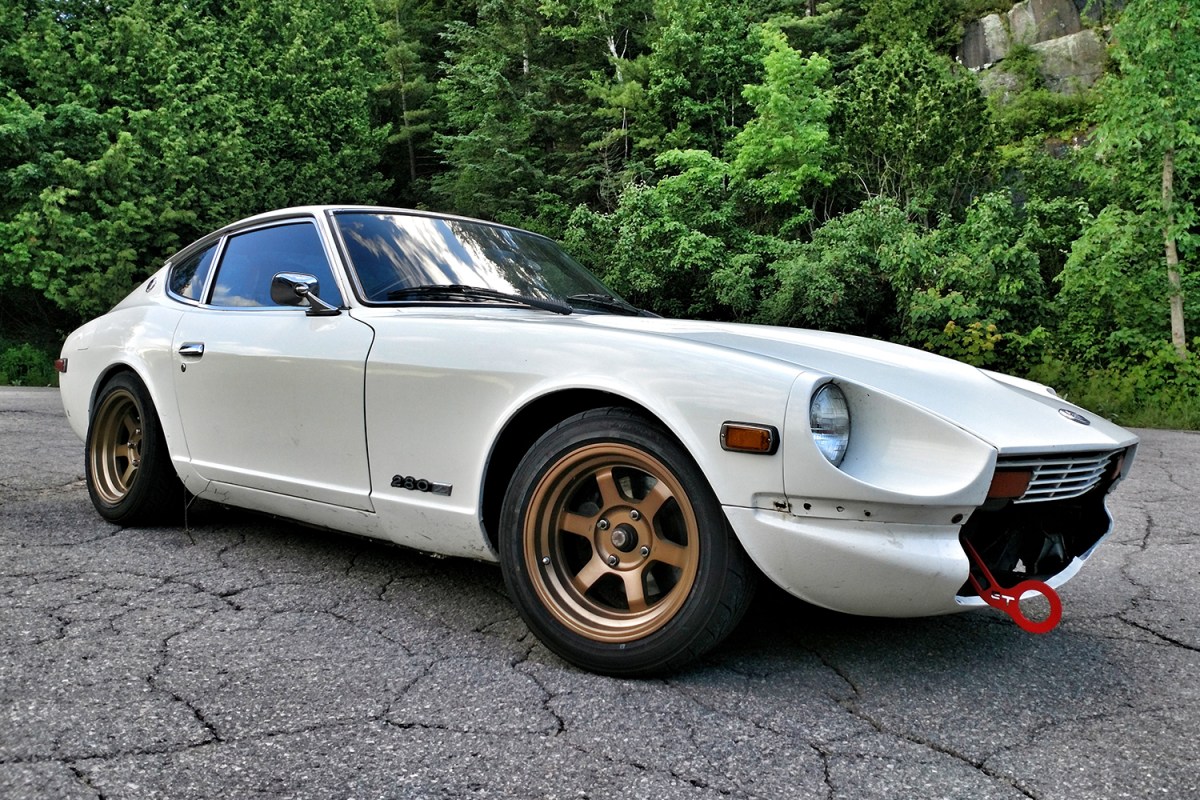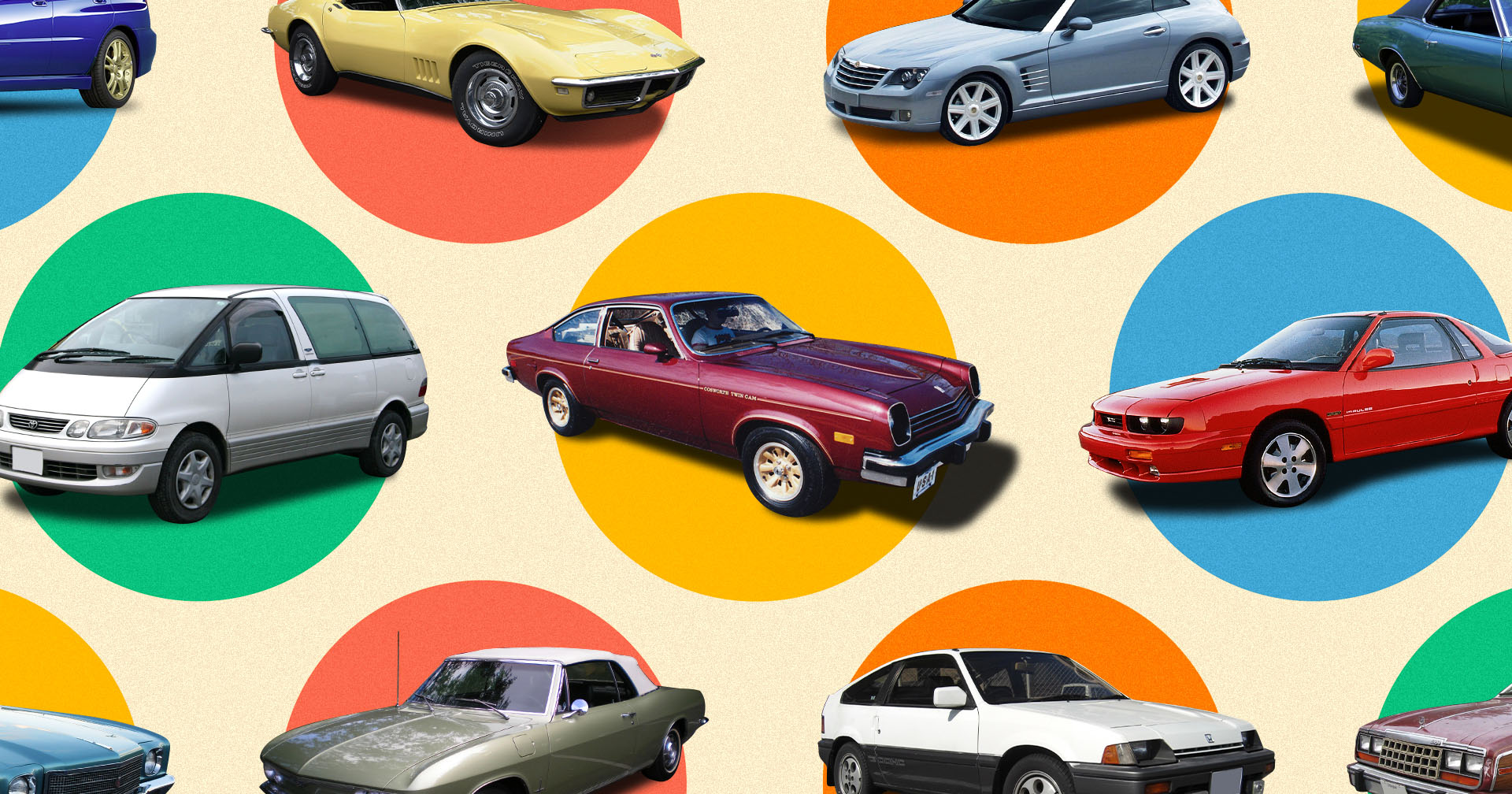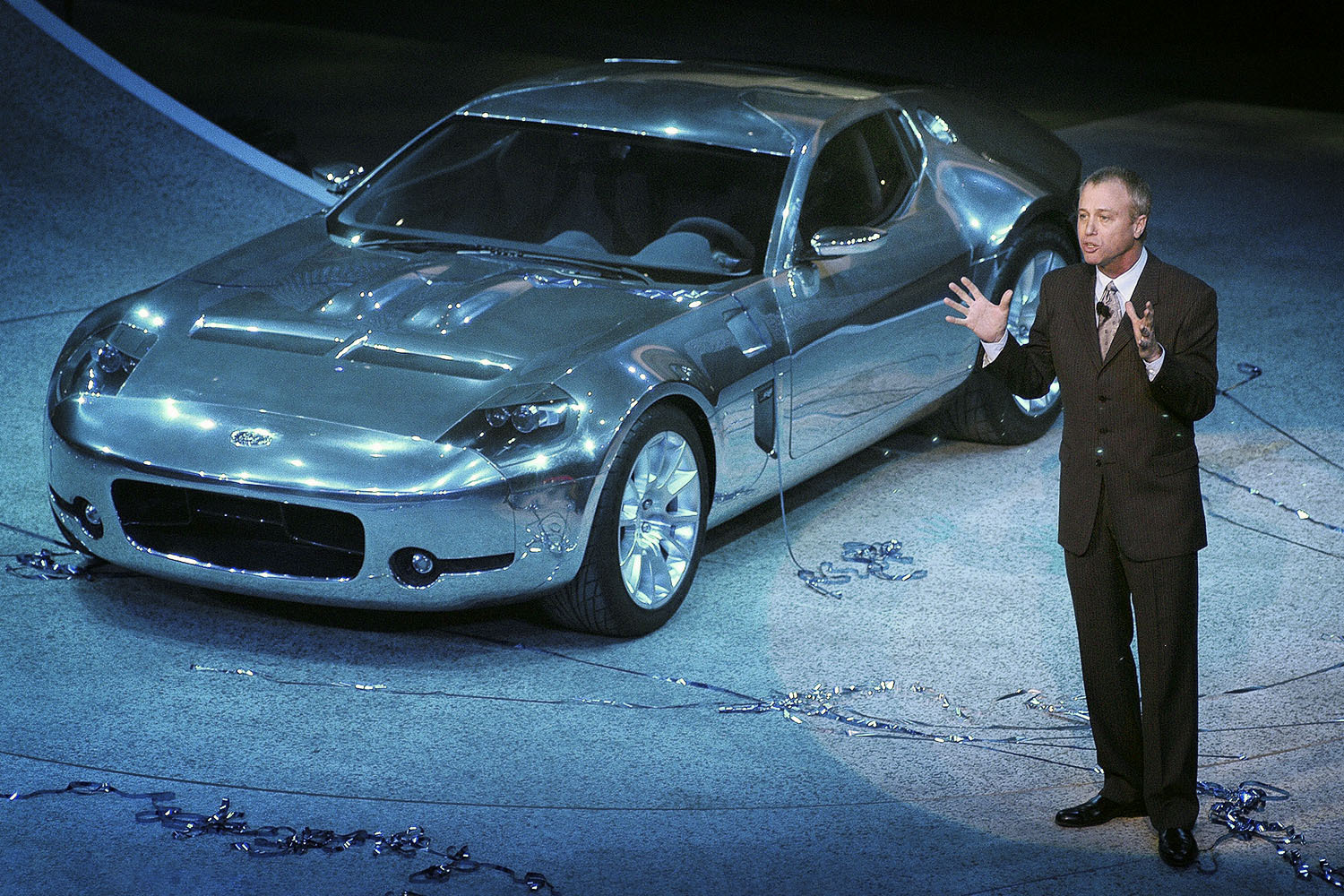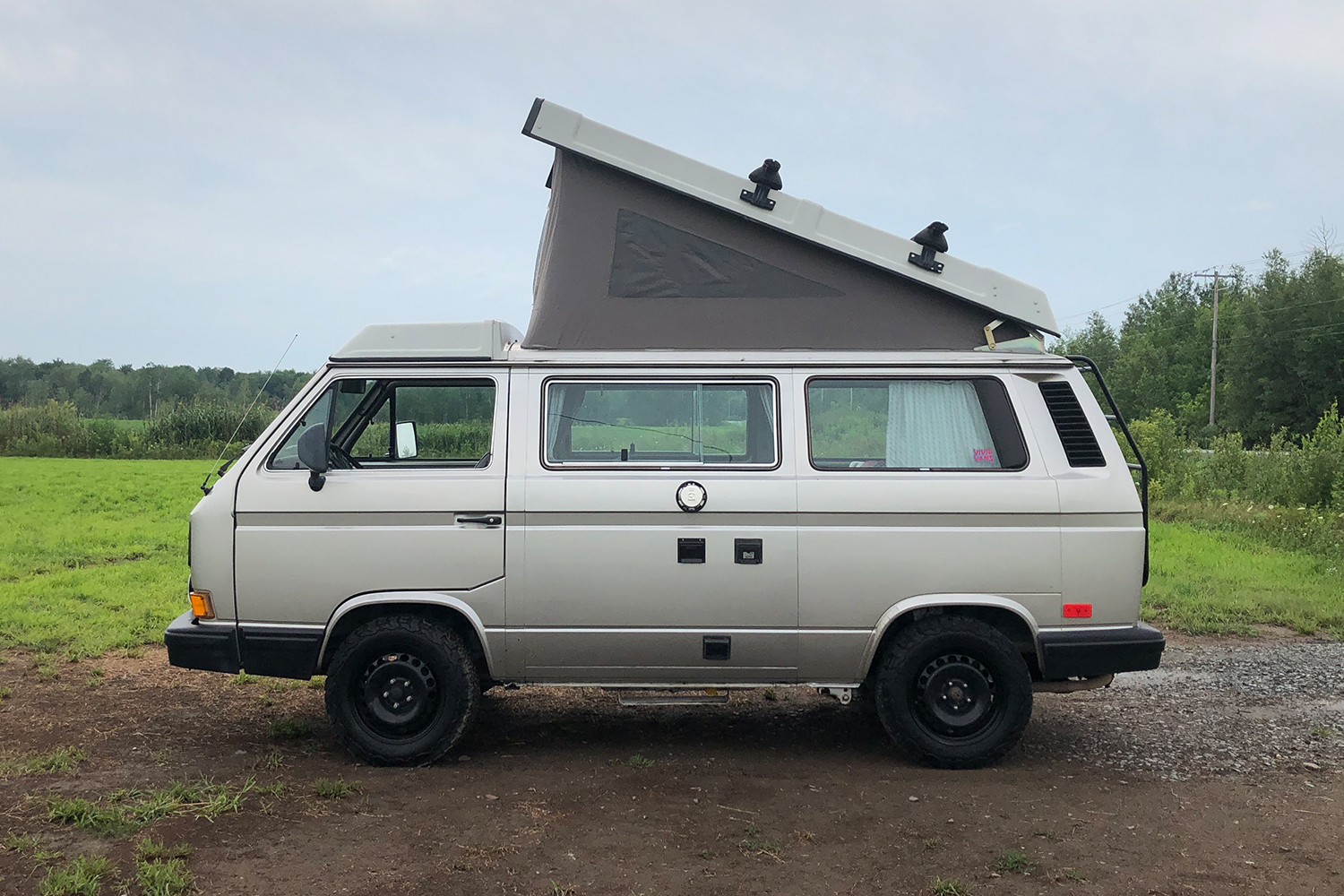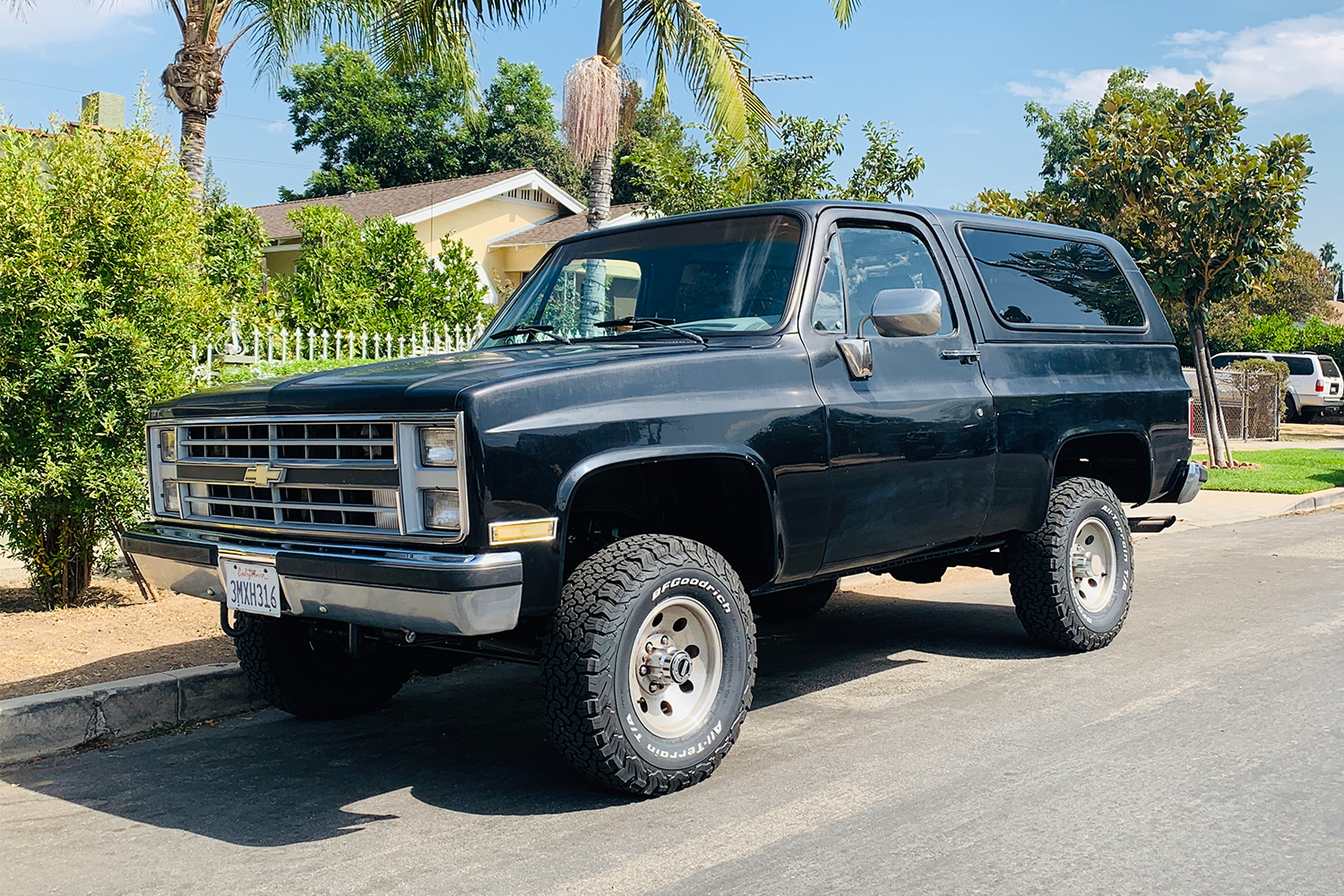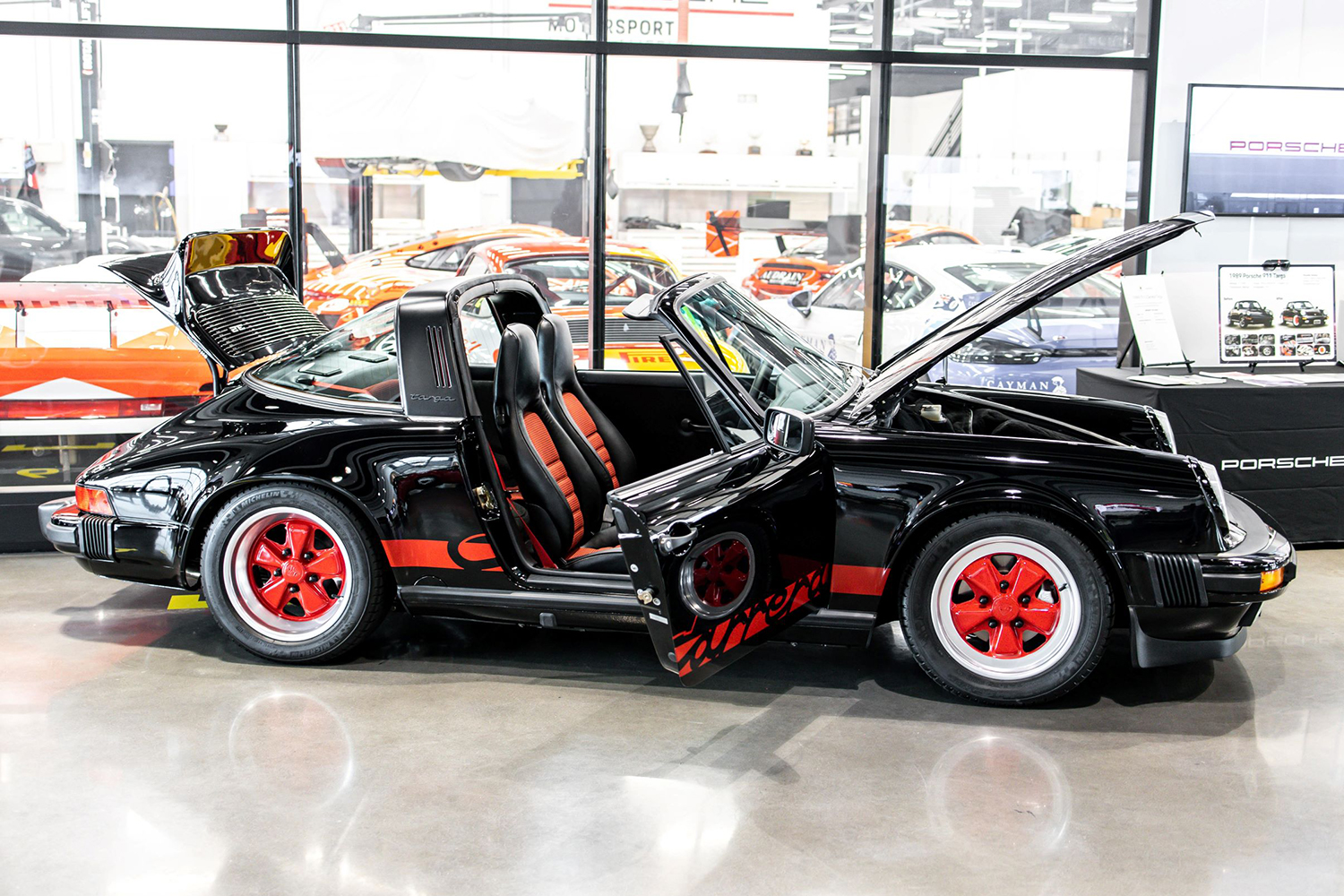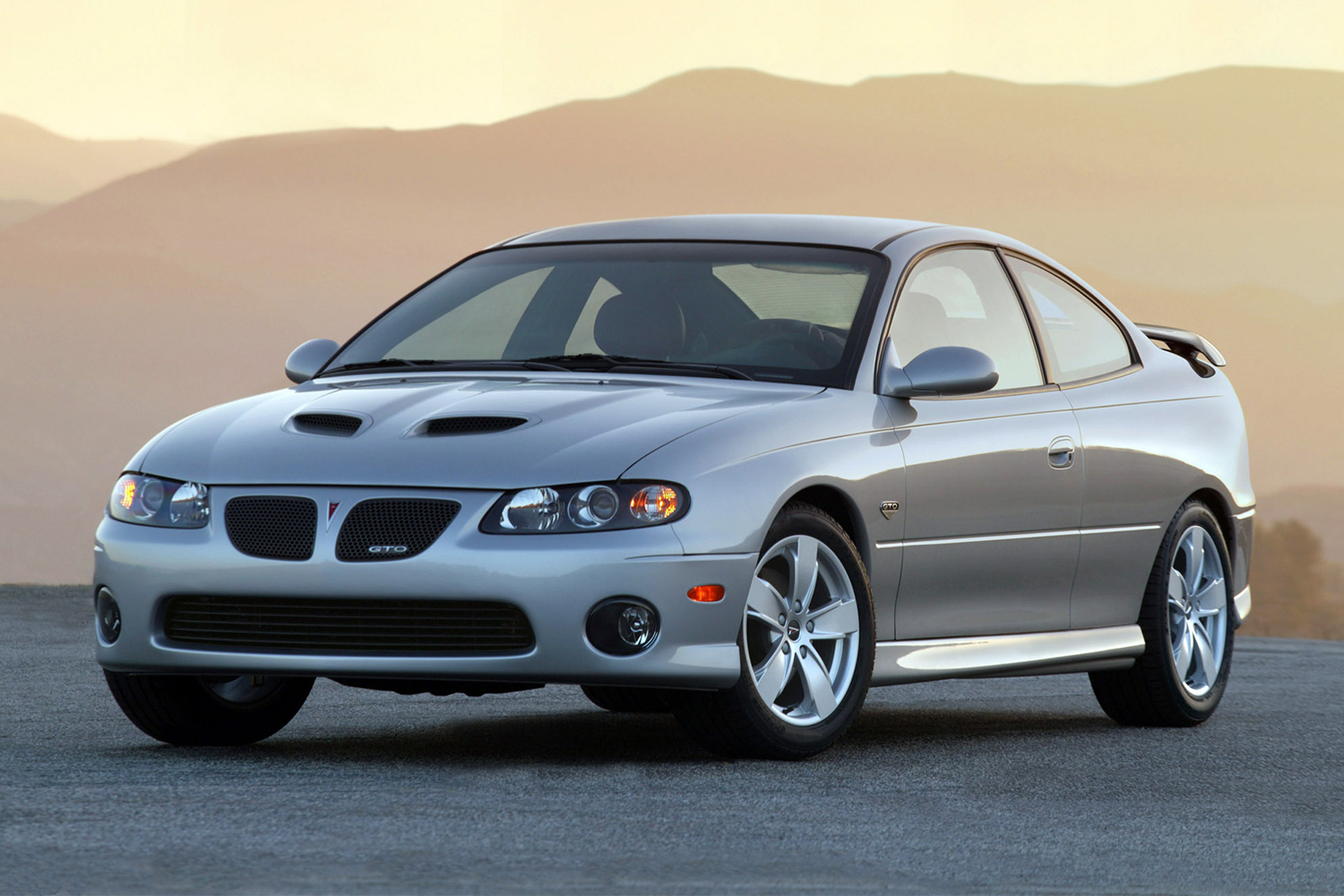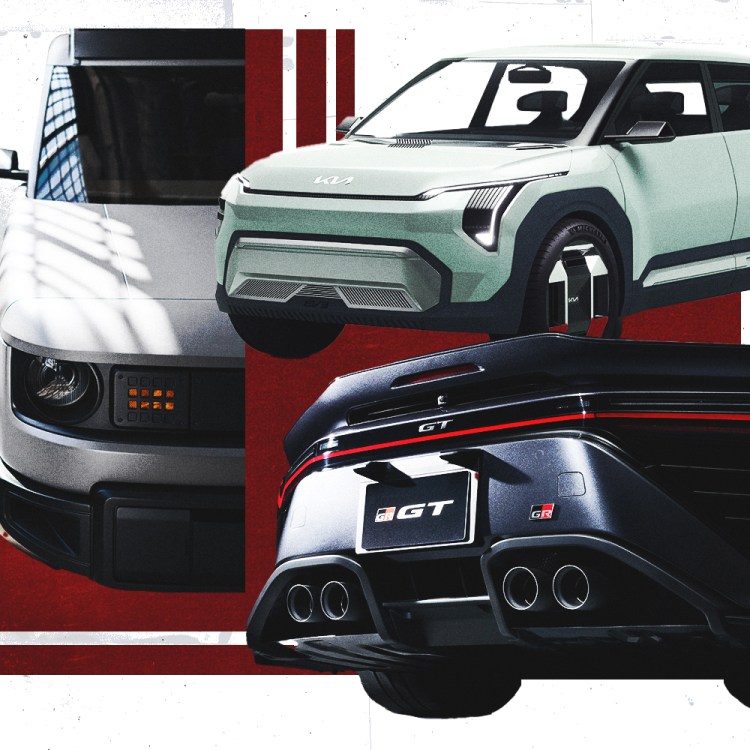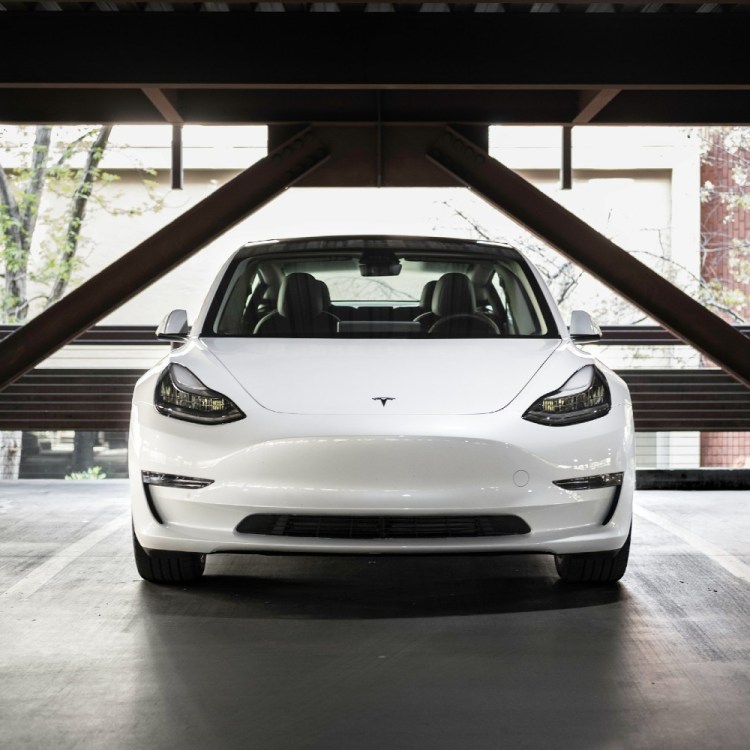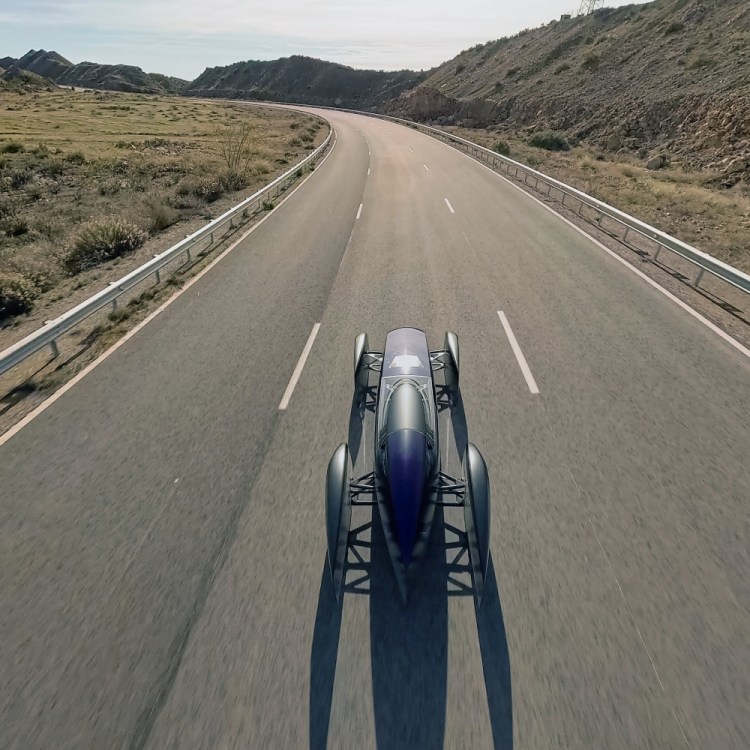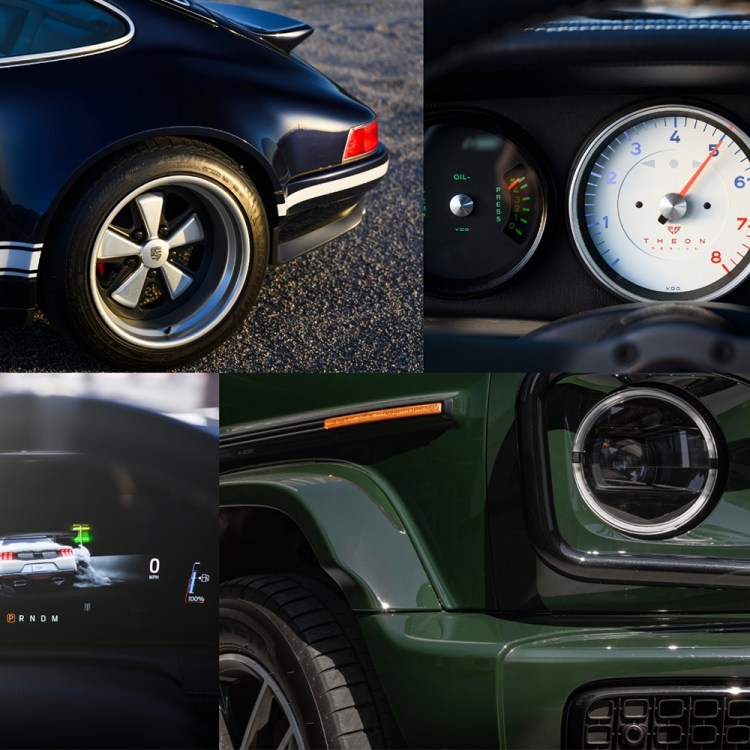About a decade ago I lost my Mazda Miata track car to a flood in my garage that drowned it under four feet of water. After buying it back from the insurance company and parting it out to a friend, I tagged in my Cadillac CTS-V to pull lapping duty for the next couple of years. While this 400-horsepower beast was a blast to drive, it was also a half-ton heavier than my now-departed Miata, and I began to yearn for something a little lighter on its feet to aim at the nearest apex.
Despite my love for Mazda’s roadster, this time I wanted to drive something different than what I typically saw in the paddock — and a car that felt absolutely nothing like the modern performance vehicles I regularly drove for work. I wanted an uninsulated experience where I couldn’t count on big power, enormous tires or electronic nannies, something I would actually have to drive to the best of my own ability to achieve a decent lap. Essentially, I didn’t want “play time” to feel like I was still on the clock, and that had me turning back the clock when looking for my next toy.
Even though I’ve always loved old cars — having spent my summers growing up as a passenger in one of my father’s many Studebakers driving to and from shows and swap meets all over New England and Quebec — I’d never really paid much attention to classic J-tin until later in life. Oddly enough, Datsuns had held zero appeal to me growing up, but something happened when I hit my thirties and suddenly the first-generation S30 cars were starting to turn my head.
I quickly realized that it might be possible to kill two birds with one stone. A little research revealed that the original Z platform wasn’t just a looker, but it had all of the ingredients I needed for track fun: a curb weight of roughly 2,500 lbs., a reliable straight-six engine, an independent rear suspension and surprisingly decent aftermarket support. There was also the fact that Datsun sold hundreds of thousands of these cars in the 1970s, which meant supply was strong, prices were still reasonable at the time and if I put it into a wall I wouldn’t be erasing an irreplaceable piece of history.
The hunt was on.
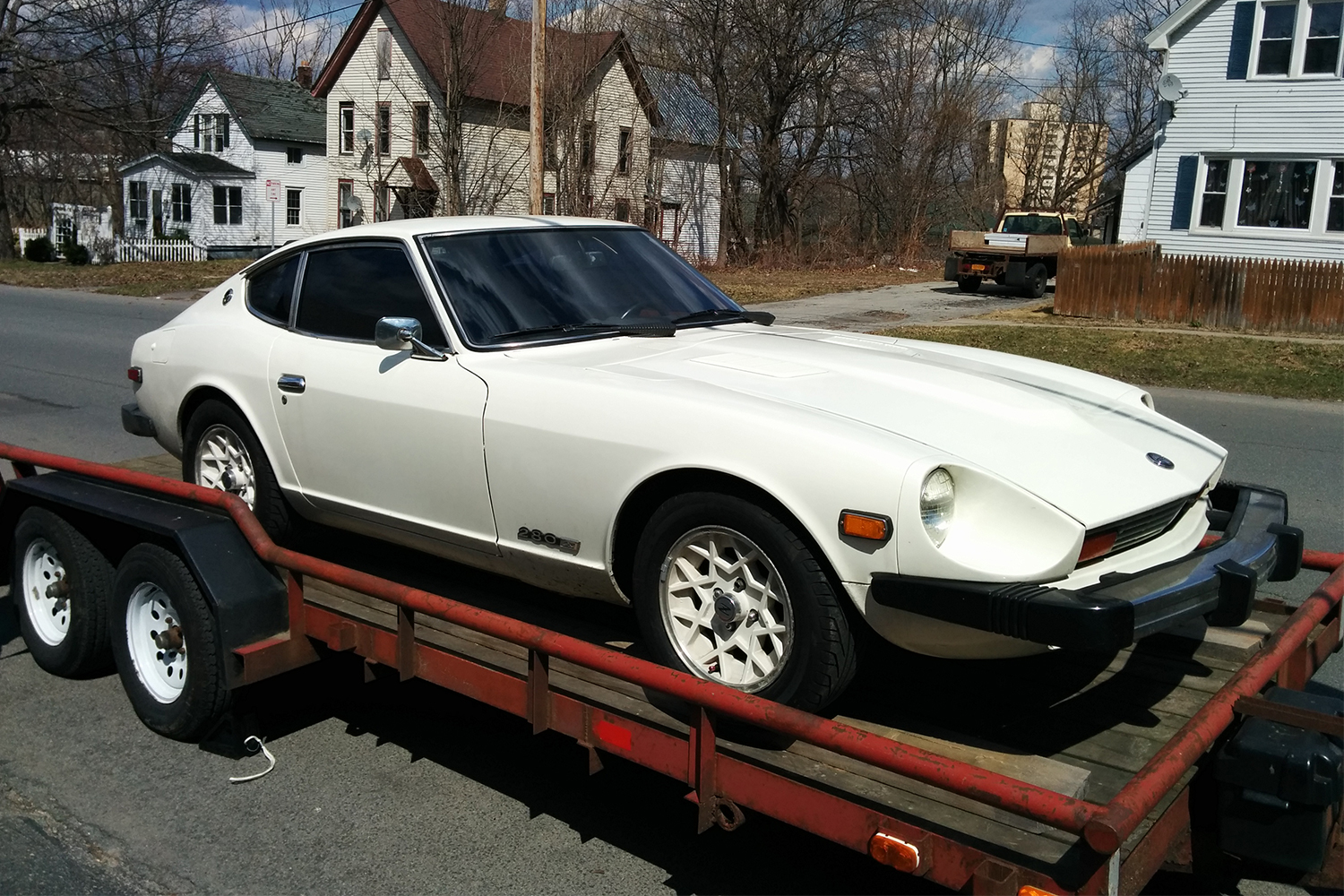
How Did I Find My Datsun?
Locating a rust-free S30 Z in the Northeast proved to be incredibly difficult. Although initially I was looking exclusively at early 240Z models, I eventually expanded my search to the 260Z and 280Z as I became more educated about the differences (mostly drivetrain, bumpers and a few trim details). I liked the idea of the larger, fuel-injected motor in the 280, and I also found they were thicker on the ground.
I scoured online classifieds and message boards, including Facebook owners groups (an underappreciated resource for locating classics), but almost every car I went to see in person was a total basket case. I’m not exaggerating when I say I saw Datsuns with huge chunks of roof sliding off in a single rusty slice, floorboards that were but a memory and fenders that wouldn’t have withstood steady pressure from a garden hose.
Nine months into the search, I’d already had one West Coast-sourced car sniped from under my nose when a buyer arrived with cash in hand a week before I could. Discouraged but unbroken, in the late spring of 2015 I stumbled across a Craigslist ad for a 1978 Datsun 280Z located near Saratoga Springs, New York. I called the number, expecting the usual litany of corrosion-related details, but Russell, the owner, described a remarkably solid-sounding car for the price he was asking.
After he sent a few more photos, I decided it was time to pounce. I called up my father, who was happy to meet me in Montreal with his pickup and trailer, and we headed down to Saratoga Springs together. When we arrived at Russell’s awesomely decrepit industrial storage garage, all it took was a short test ride around the block before we hammered out a price ($6,000) and I loaded up my new Z for the return trip to Canada.
What Kind of Shape Was It In?
I was incredibly fortunate to find a clean S30 in New York state. The only areas where I found any rust at all were at the very bottom of the doors (tiny bubbles that have since expanded under my ownership), the driver’s side floor (easily repaired via a replacement panel), and behind the rear bumper (a couple of perforations, but largely surface). The interior was complete and finished in a combo of black and dark tan vinyl. The carpets had seen better days, especially in the cargo area, and there was a (very common) crack or two on the dashboard, but the only mods made to the car were a hastily installed CD player and a set of snowflake wheels from a later Turbo model.
The secret to this particular 280Z’s success? It was originally a California car, a fact confirmed by the “FLOOR TEMP” warning light on the center console that was only attached to West Coast models outfitted with a catalytic converter.
Mechanically, everything was also on the up-and-up. After I got it home, a mechanic friend and I discovered that one of the vehicle’s fuel injectors had a break in the harness, which once repaired fixed an intermittent power issue. The throttle cable, too, somehow wouldn’t open all the way when the accelerator was floored, so that was properly reattached to reveal more output from a remarkably healthy engine. We also found that the car had a 6-2-1 header installed, which explained the beautiful rasp at higher RPMs.
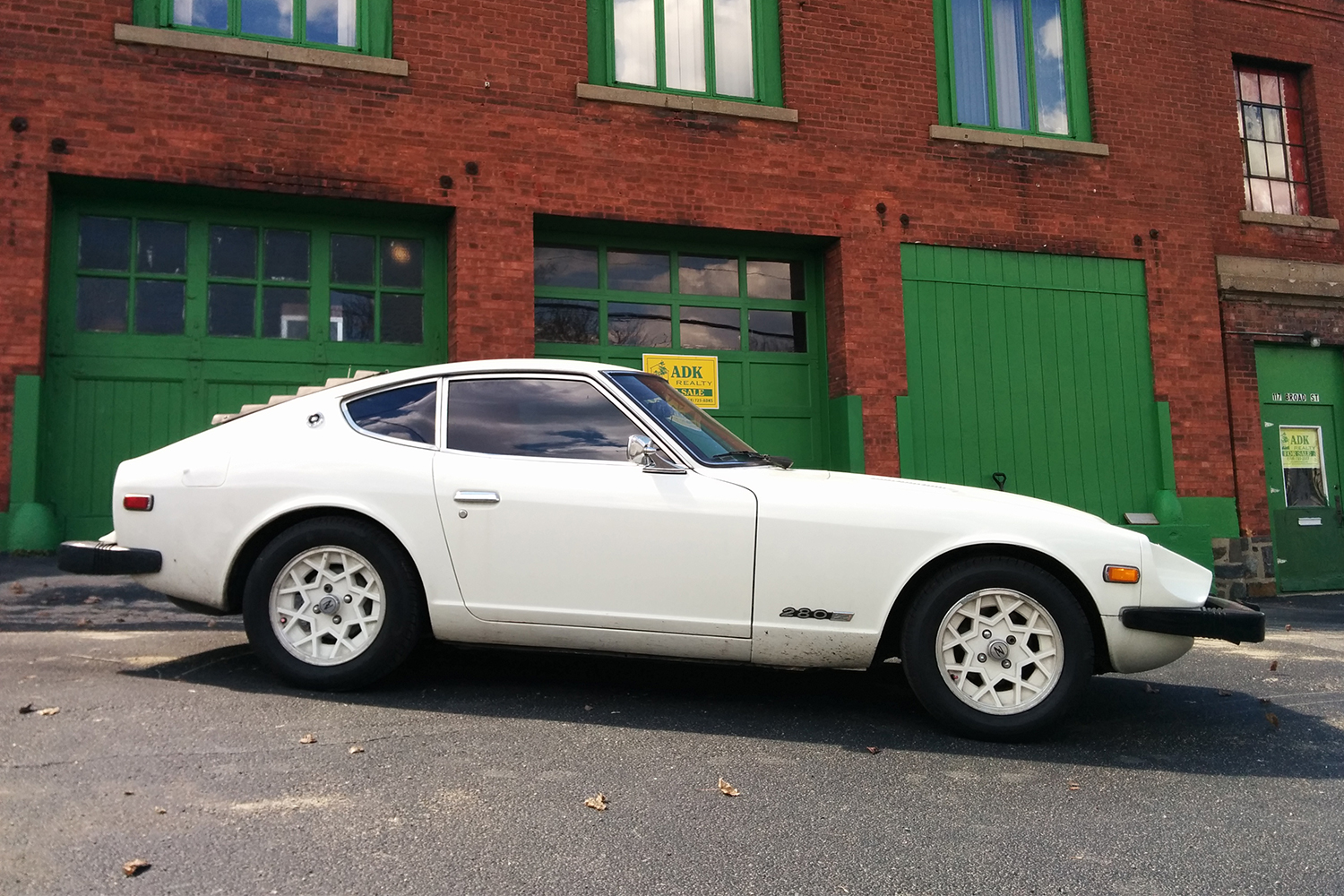
What Upgrades Did I Make?
My Z is factory fuel-injected, and the primitive but fully electronic system was something that pushed me towards the later cars in terms of reliability (especially when dealing with hot temperatures at the track).
After spending my first summer with the car, getting comfortable driving it around hill and dale, the following winter it was time to get serious about its track transformation. With the exhaust header already in place and the EFI system too basic to tune for much more power, I decided to focus on the suspension mods I knew it needed to be safe and fun in a high-performance setting.
The first round of modifications included a full coilover, height-adjustable suspension system from Techno Toy Tuning, one of the most comprehensive aftermarket manufacturers devoted to the S30 (alongside other Japanese cars of similar vintage). I also added a set of camber plates front and rear, polyurethane bushings, stainless-steel brake lines and Hawk brake pads. I decided to keep the drum brakes at the rear, given how light the vehicle was, and I have yet to regret it. In the engine bay I upgraded the cooling to a larger aluminum radiator, installed a bigger brake master cylinder with a brake proportioning valve, and replaced the cold start valve. A Centerforce clutch and a short shift kit went in too.
I also removed the front and rear bumpers from my Z. These diving board monstrosities had been legislated into existence by the federal government in the mid-’70s, and together they weighed an astonishing 150 lbs. The front bumper was the first to go, and it was incredible how much lighter the steering became once it had been junked.
For the first couple of years I kept the car on a fairly streetable set of Yokohama AD08R tires, but during the first season I made the startling discovery that my 14-inch snowflake rims flexed so much on the racetrack that they were coming into contact with other suspension components and shearing off a layer of metal on the interior of the wheel. I was lucky to catch the problem before I had a catastrophic failure at speed. Retiring those rims in favor of a set of TE37 replicas, I went up to a 15-inch Nitto NT01 tire, which proved to be a perfect match for the car.
I continued to tweak the suspension, eventually adding a tri-brace under the hood along with a set of adjustable front tension rods and larger sway bars front and rear. I also extended the frame rails to link the front and rear subframes (something not done at the factory, for some reason), with the end result being a much stiffer and more predictable chassis that easily lifted a wheel in the corners.
After blowing every gear but 4th on the track at Le Circuit Mont-Tremblant, I decided to upgrade the transmission to a 5-speed from a 1983 280ZX Turbo. This later gearbox featured closer ratios with an overdrive 5th gear as opposed to the stock wide-ratio unit my car came with, and this in turn allowed me to install a much more aggressive (3.90) rear gear in the R200 differential. I paired it with a helical limited-slip differential from MFactory and a revised top-mount for the differential itself. Alongside the coilovers, it’s the single best modification I’ve made to the car, giving access to the best arc of the powerband on the track and eliminating the wheel slip I experienced through uphill corners.
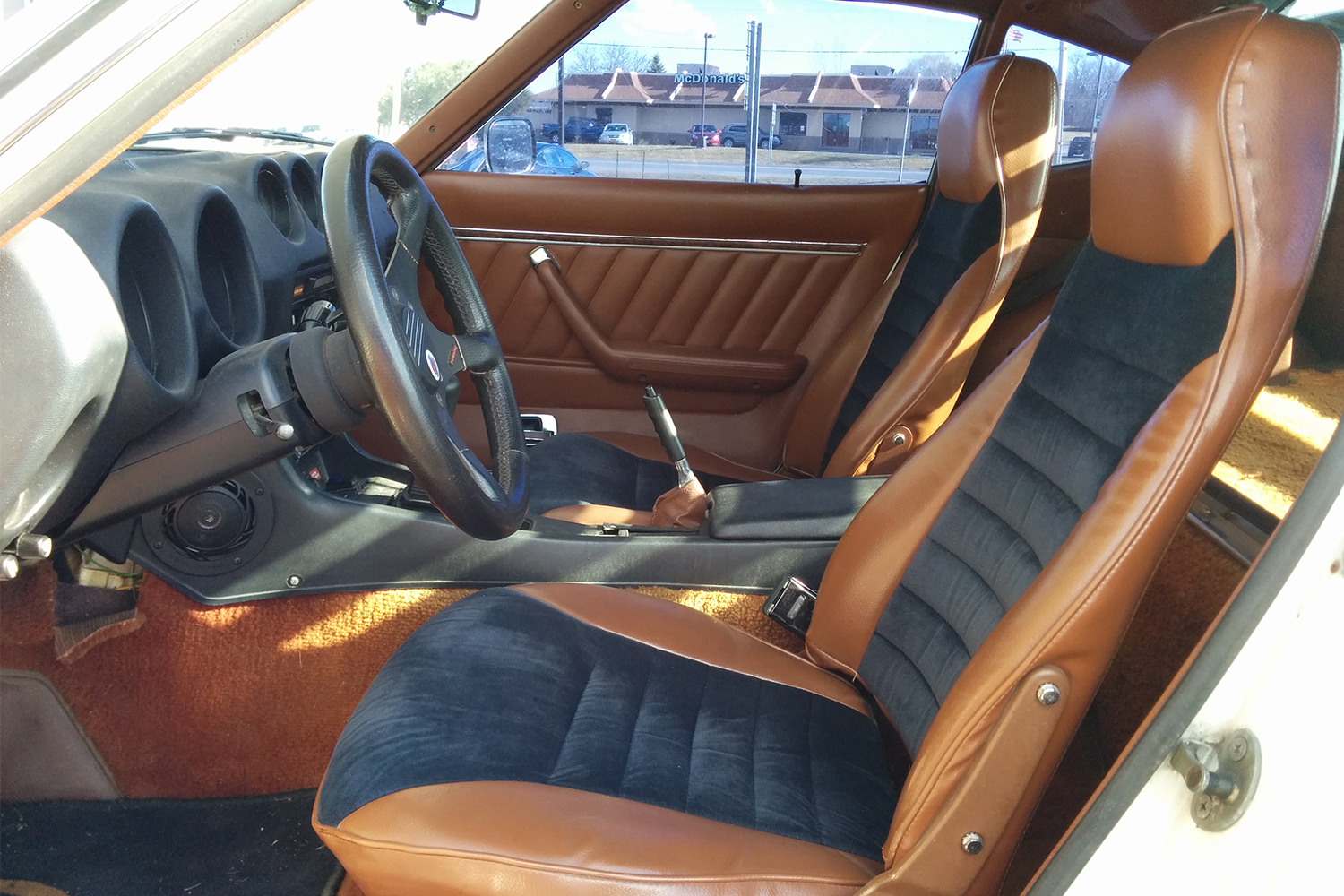
What I Didn’t Touch
With the exception of the wheels and an OMP racing seat (which I had to grind down to fit inside the Datsun’s snug interior), aesthetically I’ve left the car looking exactly like it would have nearly 40 years ago as a street-legal track car. I’ve resisted the urge to add a spoiler to the front or the rear, preferring the clean lines of the car, and likewise haven’t retrofitted earlier bumpers to the Z either. It’s a mean-looking car that gets driven hard, and I think that’s perfectly represented by its low-riding, aggressively cambered visual personality.
I might have to revisit the aero on the car sooner rather than later, however. On longer tracks like Watkins Glen where I have enough room to stay above 100 mph, the front end starts to lift and dart from side to side. Putting my hand out of the window to point a faster car by at those speeds actually sucks the vehicle to the outside of the asphalt, which is unnerving to say the least.
The Most Underrated Part of the 280Z
I’m impressed by just how much abuse the stock 280Z drivetrain can take. I regularly drive the car four to five hours to the track, beat the crap out of it all day long, and then drive it four to five hours home again, and it’s remarkable how well it has absorbed all of that punishment.
I’ve had on-track coolant explosions that threatened to cook the motor, I’ve had valve springs jump and break on the front straight, and I’ve accidentally driven with low oil levels, and the engine is still putting out 145 horsepower to the wheels on my local dyno. Considering it was rated at 170 horses at the crank all the way back in 1978, there’s really nothing I can complain about.
Yes, I had to replace the transmission, but that was due largely to me flubbing more than a few shifts over the years than anything else. For a car entering its 45th year, it’s been rock solid, and I’ve only had to end my on-track exploits a handful of times due to mechanical problems.
The Most Overrated Part of the 280Z
… Is the idea that these cars are investments. Early Series I 240Z cars (1969-1971) have seen their values skyrocket in recent years, and there are some owners who feel like the later cars should enjoy similar pricing at auction. The reality is, the reason the Series I cars have become expensive is because they are much rarer than the post-1972 examples, which were imported in huge numbers. If you plan to buy one and garage it hoping to make back your money in a few years time, unless you’ve already shelled out big bucks for a Series I, I think you’ll be disappointed.
The S30 Z is also the ultimate “I/my dad/my uncle/my sister had one back in the day” encounter car with strangers in parking lots and at gas stations. Except no, they didn’t. Nine times out of ten, they had a later ZX. At this point, it’s almost comical.
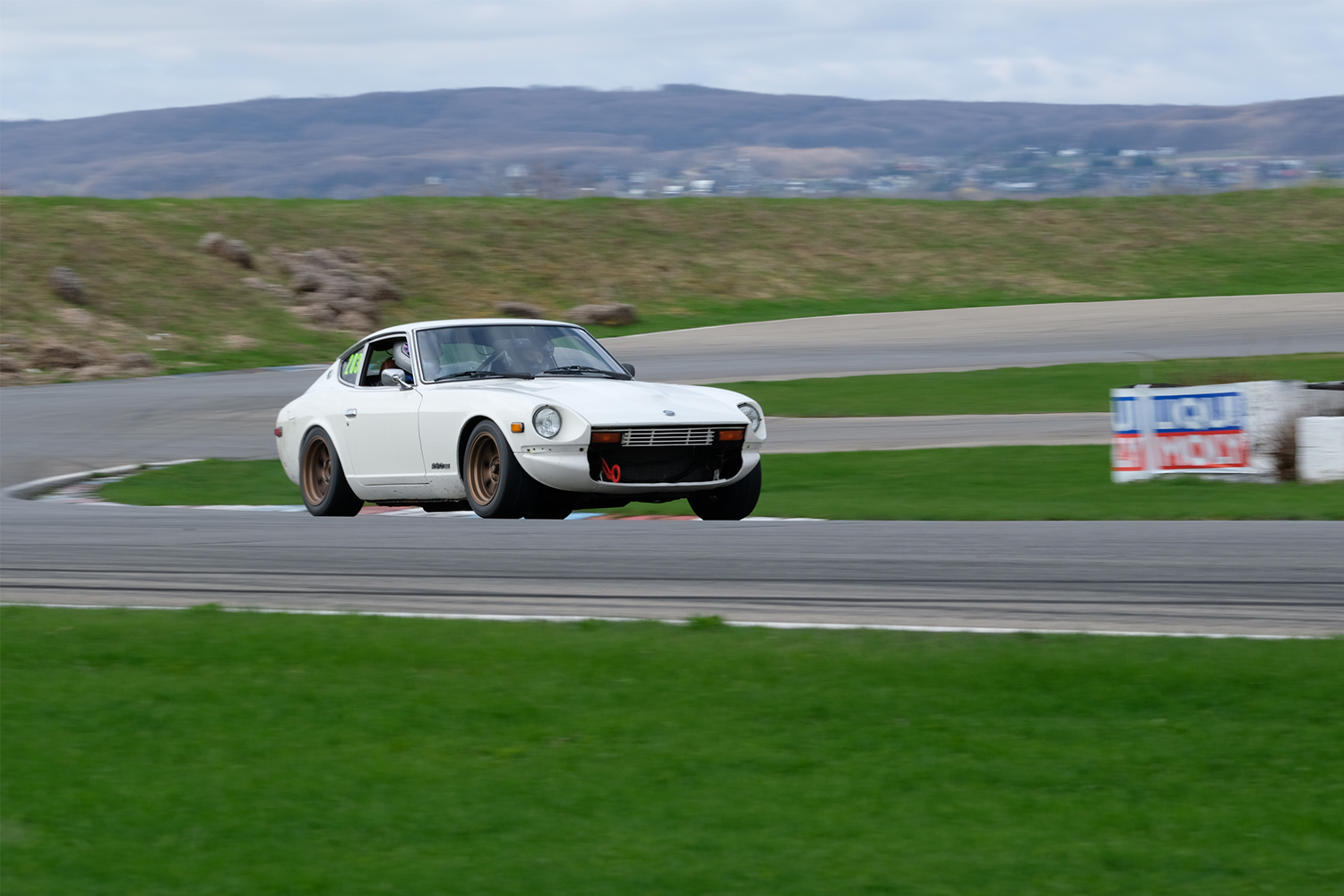
What I Wish I Knew Before I Bought It
The S30 Z has a horrible design flaw concerning air flow. If you drive with the windows down, there’s a vacuum created inside the car that sucks exhaust fumes into the cabin through the rear hatch seals, shock towers, tail light seals, etc. I’ve spent a bunch of time and energy trying to seal up the rear, but so far it’s a constant fumigation that gives you the choice of either choking to death with the windows down or boiling alive with the windows up on a hot day. I typically choose the latter on longer road trips, but either way it’s an exhausting vehicle to pilot in the depths of summer — which is too bad, because in spring and fall with the windows up it’s a pleasant highway companion from a comfort perspective.
The car is also incredibly loud inside, to the point where I removed the stereo system that I couldn’t hear and just wear noise-canceling headphones if I’m going to drive for an extended period of time.
Finally, I have a fuel sloshing situation that occasionally sends gasoline leaking down the side of the rear fender from the gas cap at higher speeds. I’ve replaced the entire fuel ventilation system, all hoses and the cap, cleaned all the vents, and it still happens. No one can tell me why, and it’s frustrating, although if I had to pick a leaky fluid then quickly evaporating gasoline along a body panel is the way to go.
Who Should Absolutely Not Own This Vehicle?
In stock form, the Datsun S30 Z is comfortable and compliant on the road, with the 280Z being the easiest to own from a modern perspective due to its fuel injection system. At the same time, the newest examples of the first-generation Z are almost 45 years old, and when they do break there are some parts that can be hard to source. For example, I had a spring snap in my airflow valve that tells the car’s computer how much O2 is entering the engine. You can get it rebuilt, but finding a new one is almost impossible, and I’ve had to have mine customized and then re-tuned to play nice with the stock EFI system. If you don’t have access to resources like that, you might be frustrated trying to deal with the issues that crop up on any classic car.
It’s also important to understand that, while comfy (with the exception of the fumigation issue), the Datsun Z is a rolling death trap from a crash safety perspective. These are tiny cars that easily disappear into the blind spots of our truck and SUV-obsessed society, which means defensive driving is a must. If you do have an accident, you will have almost no protection from the thin steel of the tin can that surrounds you, and it’s something I’ve had to explain to would-be passengers so that I have their informed consent before heading out on the highway.
The Most Memorable Experience I’ve Had in It
Showing up at a racetrack in a very old car is always a good time. For me, driving something different from the rest of the crowd is probably more important than it should be, but I’ve enjoyed the extra effort of building a Z that can stand toe-to-toe with much more modern machinery. Even better is just how much fun I have with the straight-six wailing at the redline and the rear end squirming to find grip on corner exit. It’s a raw, visceral experience behind the wheel that is impossible to match in any current showroom. Lap after lap, driving this car is like a form of meditation: it’s the only time in my life where I’m not thinking about anything other than what I am doing in that exact moment.
This article appeared in an InsideHook newsletter. Sign up for free to get more on travel, wellness, style, drinking, and culture.
